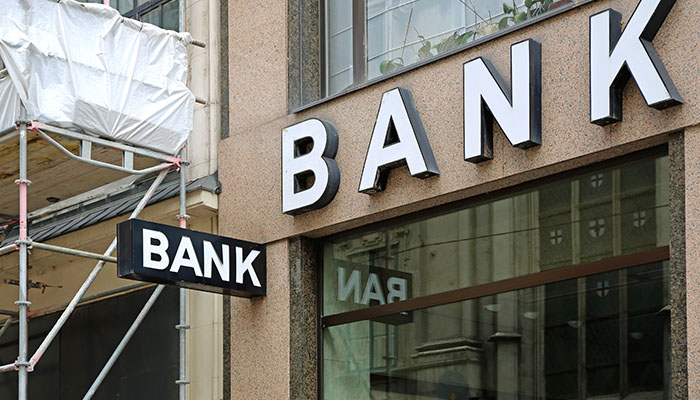Some people may think the answer to the question of where to keep your money secure is obvious: trust one of the big banks that have been declared “too big to fail.” Their branches and ATMs are widely dispersed, and their mobile applications are slick and easy to use.
For most folks who merely need a place to deposit their paychecks and occasionally withdraw cash to pay the dog walker, that’s a totally reasonable choice.
However, those mega-banks lack the agility and local focus that small businesses require, which is in part why Corporate America and policymakers are concerned about the ongoing unrest among regional banks.
A small panic in just two months has grown into an inferno that has alarmed America’s regional banks. Three lenders have already failed: First Republic, Silicon Valley Bank, and Signature. (These failures rank second, third, and fourth in the history of US banks.
These financial institutions are also referred to as “G-SIBs,” or “globally systemically important banks.”
As a result, Hockett claims that they are often much more interested in foreign investment and international capital markets than they are in domestic output.
In America, small firms, which account for around half of all private-sector jobs, vastly prefer to bank with small or midsize lenders due to the superior customer care.
Capital patience
Small and regional banks frequently build expertise that businesses rely on.
Consider Silicon Valley Bank, which, before being destroyed on March 10, was the preferred lender for Bay Area tech startups. Providing finance for start-up businesses that wouldn’t get the time of day from a larger national bank is the bank’s fundamental business, despite what Hockett called “boneheaded” managerial errors, and this is exactly the kind of activity that policymakers want to promote.
They were “classic investors of what we occasionally refer to as ‘patient’ capital,’” according to Hockett, “making money available to startups even when those startups did not promise any profits until those startups did so until three or four years later.”
Ironically, that specialization is now a part of the problem that banks are experiencing.
Regional banks are by nature more specialized and narrowly focused. To put it another way, they have less diverse holdings, which is in part why so many of them have piled up in US Treasuries, which Hockett calls “the most boring of all possible investments.”
Due to the Federal Reserve’s relentless year-long interest rate hikes, such dull, extremely secure assets have lost value, leaving hundreds of institutions with a mound of unrealized losses.
Unless all of your clients demand their money at once and you are forced to sell off assets to get cash, those paper losses aren’t a concern. The bank run proved catastrophic in SVB’s situation since the majority of its customers had accounts that exceeded the $250,000 cap for FDIC insurance.
If the only banks we have are a few enormous banks headquartered either in Wall Street or San Francisco, there’s no way that we’ll be able to finance production and startups and small enterprises in every corner of the country,” Hockett added.


